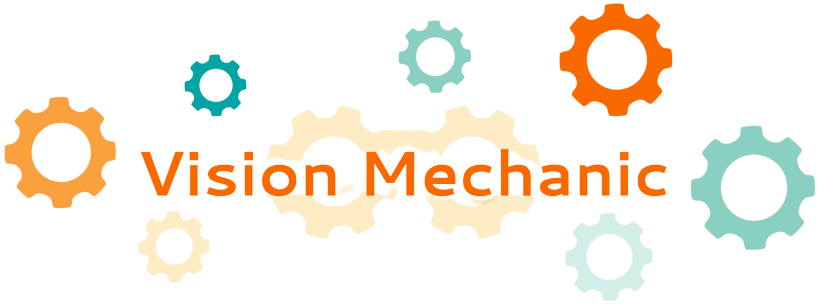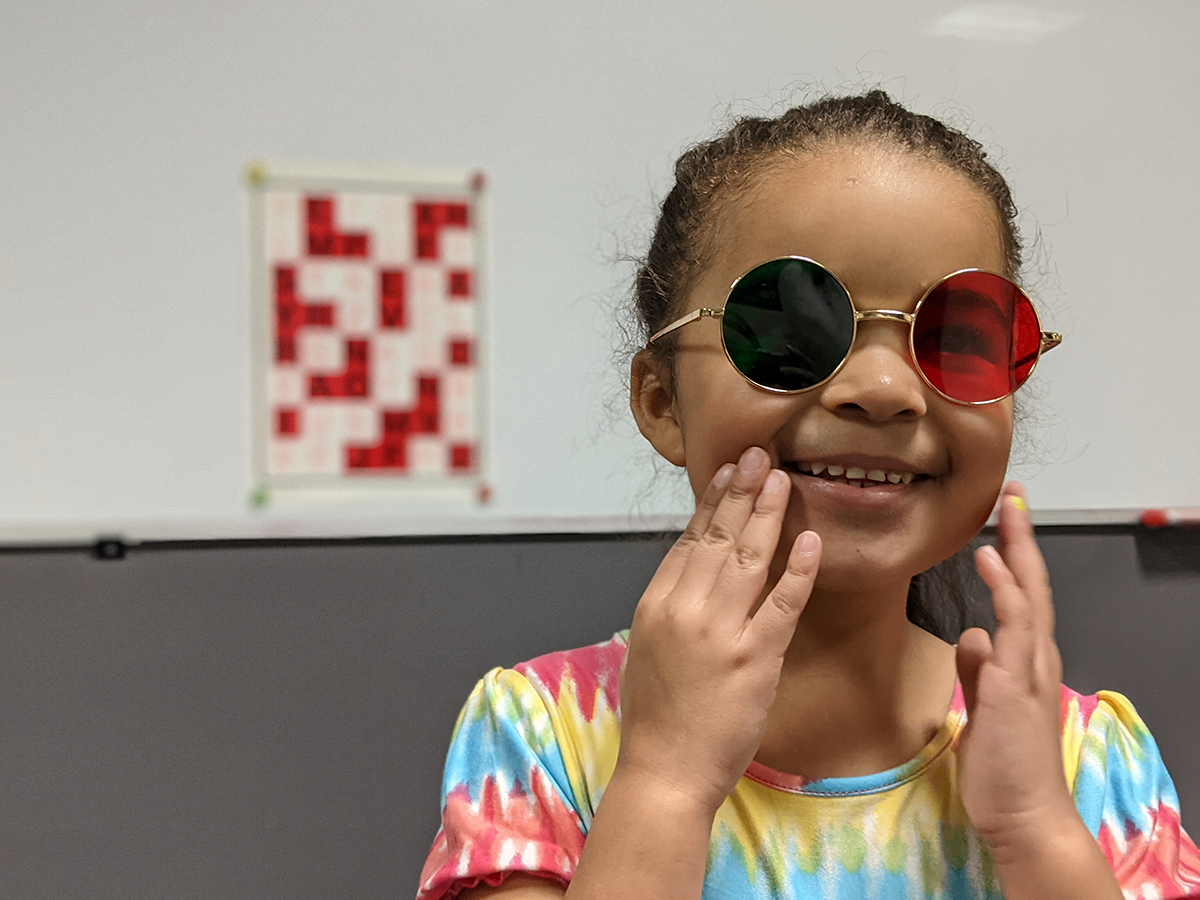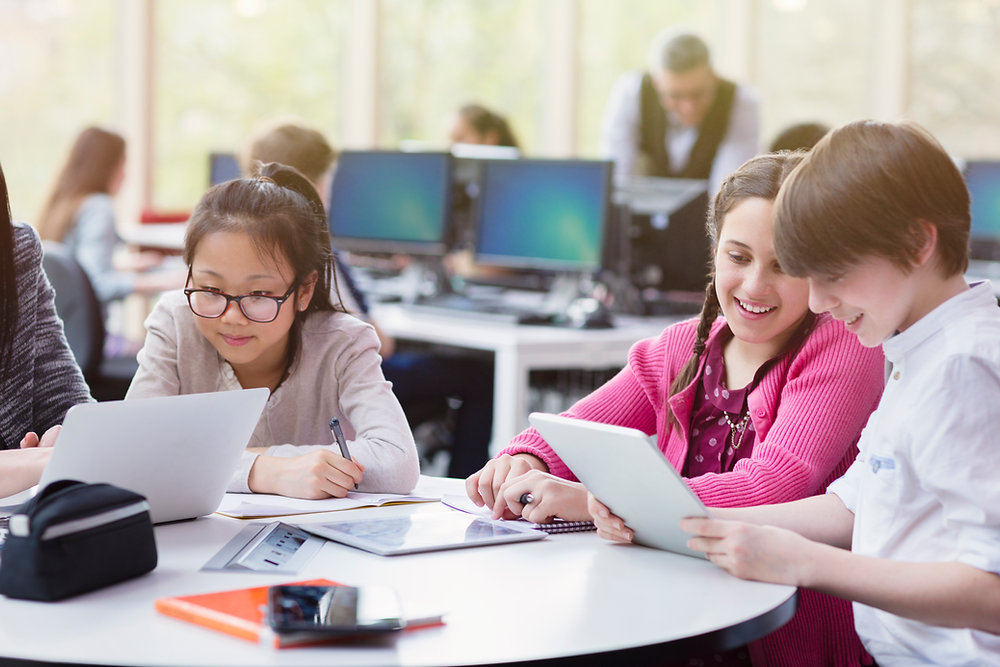Finger Fixations
Purpose: To improve the efficiency of eye movement control while attending simultaneously to other things
Apparatus: Balance board ( not at first)
Method:
1. Patient stands in a relaxed and erect posture. Raise both hands with forefingers or thumbs extended. The hands should be located in front of the face and separated from each other by a distance of 24 to 36 inches. The fingers should be equal distance from the midline of the body. The patient is instructed to look at first one finger and then the other finger. The eyes should alternate rhythmically from one finger to the other.
2. Assume the starting position. Call one finger number one, and the other finger number two. Now when you count, patient is to look at the finger that is called. Have him relax and keep a smile on his face. Keep looking from one finger to the other.
3. Have patient count as he looks from one to the other. Try not to anticipate the movement.
4. Patient recites a poem or the like while looking from one finger to the other. You should be able to adapt any type of rhythm to this lesson. Fluency in this regard is desirable.
5. As patient shifts attention from one finger to the other, he tries to be aware of both fingers at the same time.
6. Have patient continue to look from one to the other while he vertically raises one hand and lowers the other hand. Also, bring one hand nearer or farther than the other.
7. As performance improves, repeat on balance board and while walking.
Aspects to be Emphasized:
1. Accuracy of fixations when done rhythmically or out of rhythm.
2. Accuracy of fixations when smiling and when communicating to you about unrelated subjects.
3. Awareness of both fingers simultaneously and of the rest of the room.
4. Awareness of relaxed, symmetrical body posture.





